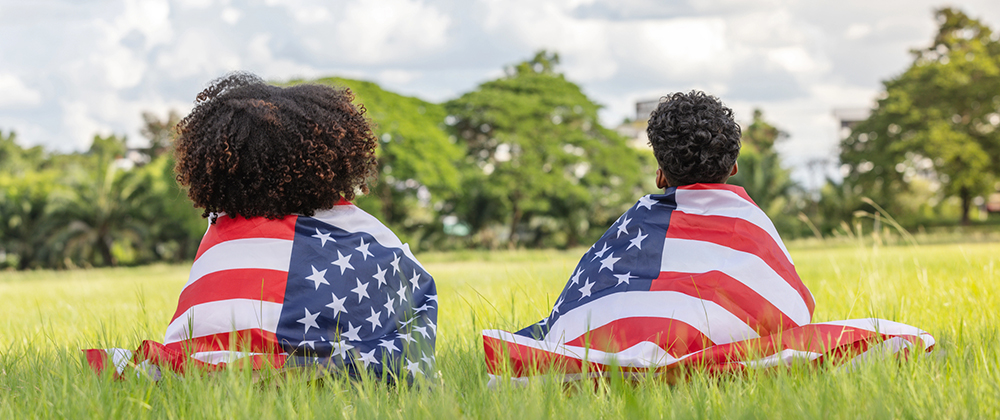With the recent change in policy between the United States and Cuba, more than 35,000 nationals of Cuba who have been ordered removed or deported from the United States may now find they may be sent back to their home island. In the past, Cuba did not accept deportees back onto its soil so individuals with an order from United States Immigration and Customs Enforcement (ICE) or the Executive Office for Immigration Review (EOIR) were only ordered deported on paper. In the past, these “deported” or “removed” individuals would file for an Order of Supervision or (OSUP), which would be renewed annually. This OSUP order allowed these, otherwise “deported” individuals to obtain work authorization, driver’s licenses and social security numbers in the United States.
There is a specific list of Cubans in the United States who the Cuban government agreed to receive. This list was agreed to in 1984. The number of individuals on this list numbered 2,746. There were a handful of those who have already been sent back to Cuba, 1,999 to be exact. These people had all been part of the Mariel Boatlift that took place from April 20 to October 31, 1980. At that time, over 125,000 Cuban arrived in South Florida from the Port of Mariel, Cuba. This mass exodus was triggered by problems in the Cuban economy. Following the economic crisis, the Cuban government announced that anyone who wanted to leave the island could do so by boat. The United States Navy and Marine Corps became involved when they were dispatched to assist the refugees on the sea who were fleeing Cuba from Mariel. Hundreds of refugees were rescued on route to south Florida. The boatlift was organized by Cuban-Americans with the approval of Cuban president Fidel Castro. The negative implications of the boatlift became apparent when it was discovered that many of the exiles had been released from Cuban jails and mental institutions.
Of the 35,106 Cuban’s with an order of removal, only 162 remain in Immigration custody. The remaining and overwhelming majority are free to reside in the United States but that could soon change according to officials at the Department of Homeland Security (ICE).
Next Monday, the Cuban Foreign Minister, Bruno Rodriguez will visit the United States Secretary of State John Kerry. This will be the first time in more than fifty years that a Cuban foreign minister will visit the State Department. There will also be a formal reopening ceremony of the Cuban Embassy in Washington D.C., however, Secretary Kerry will not be in attendance. There will be a joint press conference following the embassy’s opening when both officials will have the chance to speak and take questions. On Thursday, it was announced that Minister Rodriguez will meet with Secretary Kerry on Monday, the same day as the reopening of the embassy. Diplomatic ties between the two nations have been severed since 1961. Secretary Kerry will also be traveling to Cuba in the near future for the reopening of the new American Embassy in Havana. This will be the first time since 1945 that a United States secretary of state has visited the country.



